Gimpo International Sculpture Park (김포국제조각공원)
10.5Km 2025-03-22
38, Yonggang-ro 13beon-gil, Gimpo-si, Gyeonggi-do
+82-31-984-5167
Gimpo Sculpture Park is situated in a large forest and is decorated with 30 sculptures: 14 by international artists and 16 by Korean artists. Since the site is located near the DMZ, the only divided country in the world, each sculpture expresses the overarching theme of unification. A favorite spot for weekend picnicking families and couples on dates, the park is expected to be included in a large tourist complex in the near future along with nearby Reports Park and the youth training center.
Gleen Park (글린 공원)
10.6Km 2024-02-20
34 Seongmo-ro 5beon-gil, Yangchon-eup, Gimpo-si, Gyeonggi-do
031-996-5177
Gleen Park is a café that harmoniously blends various plants and decorations. The first floor offers a camping-like ambiance, complete with artificial grass, camping tables, and chairs. On the second floor, a picnic atmosphere is created with hammocks and rocking chairs. The café's signature menu item is the Original Misu, a misutgaru latte (roasted grain powder latte) made using grain power ground in-house.
Ganghwa Seonwonsa Temple Site (강화 선원사지)
10.8Km 2022-09-19
222, Seonwonsaji-ro, Ganghwa-gun, Incheon
+82-32-933-8234
Ganghwa Seonwonsa Temple Site was first discovered in 1976 during a surface examination around Ganghwado Island undertaken by the Ganghwado Island Academic Research Team of Dongguk University. The site was designated as Historic Site No. 259 in 1977. Seonwonsa Temple was built by General Choi Wu in 1245 (the 32nd year of King Gojong’s reign during the Goryeo dynasty), which was right after the transfer of the capital to Ganghwado during resistance against the Mongolian invasion.
The temple was meant to be a spiritual mainstay in fighting against Mongolia. It used to be one of the two largest temples in Korea along with Songgwangsa Temple. However, the temple was completely destroyed during the early Joseon era, leaving only the site itself. The famous wood blocks of Palman Daejanggyeong (the Tripitaka Koreana), currently housed in Haeinsa Temple at Hapcheon, are said to have been originally stored in Seonwonsa Temple. It is believed that the carved wood blocks were taken from Seonwonsa to Heungcheonsa Temple during the Joseon era and again moved to Haeinsa Temple during the reign of Sejo.
Located on a mountain slope, the presumed location of the building site extends 250 meters from south to north and 170 meters from east to west.
Monte Del Pino (몬떼델피노)
11.0Km 2024-02-21
49-19 Gimpohangang 6-ro, Yangchon-eup, Gimpo-si, Gyeonggi-do
Monte Del Pino is a spacious brunch and bakery café, featuring an expansive outdoor garden and high ceilings. It offers a variety of beverages to complement its basic espresso, as well as an assortment of bread made from organic flour and premium French butter. Their brunch menu includes American brunch platter and eggs benedict. Additionally, they host live performances four times a day, each lasting for forty minutes.
Yackseokwon (약석원)
11.2Km 2025-09-01
56-53, Jungang-ro 787beon-gil, Yangdo-myeon, Ganghwa-gun, Incheon
Ganghwa Sajabalssuk, a type of mugwort native to Ganghwado Island, is known for its rich aroma and high vitamin A content. Yackseokwon offers immunity-strengthening programs using this special herb believed to help prevent chronic illnesses. “Raise Your Body Temperature by 1°C Project” is a signature course, which involves yoni steaming (mugwort steam sitting bath) and thermal moxibustion to gradually warm the body. Just an increase of 1 degree in body temperature is said to boost immune function, increase basal metabolism, and improve blood circulation. The program is offered by reservation only and accommodates up to 25 people per session. The 100-minute experience begins with 40 minutes of yoni steaming, followed by 30 minutes of abdominal heat therapy and 30 minutes of lower back heat therapy. Participants are also served a rich herbal tea brewed with Ganghwa Sajabalssuk.
Mung Hit (멍때림)
11.2Km 2024-10-15
1970-34 Haeannam-ro, Hwado-myeon, Ganghwa-gun, Incheon
Mung Hit is a cafe located in Ganghwa-gun, Incheon. The cafe features a view of Manisan Mountain, and is decorated with comfortable tables and chairs for visitors to space out, the name of the cafe in Korean.
Kkotgewa Nakji (꽃게와낙지)
11.4Km 2024-02-26
7 Haeannam-ro 2029beon-gil, Hwado-myeon, Ganghwa-gun, Incheon
Kkotgewa Nakji is a seafood restaurant nestled at the base of Manisan Mountain. The restaurant is renowned for its two standout dishes: the blue crab soup, prepared using egg-filled female crabs, and the stir-fried octopus, which features live octopus cooked immediately to ensure freshness. The side dishes, crafted from fresh ingredients sourced from Ganghwado Island, add a delicious and comforting touch to the dining experience.
National Institute of Biological Resources (국립생물자원관)
11.5Km 2023-04-13
42, Hwangyeong-ro, Seo-gu, Incheon
+82-32-590-7000
Opened in October 2007, the National Institute of Biological Resources is the largest collection preservation facility in Northeast Asia. The institute collects, preserves, manages, and conducts research on biological resources with the aim of growing into a focal biological resource hub of Northeast Asia. The institute is comprised of a spine-shaped collections and research center and a leaf-shaped exhibition and education center. The exhibition hall has 3,905 specimens of 1,287 native species on display. Korea's diverse ecosystems are recreated as highly detailed dioramas at the exhibition hall. A small restaurant is located inside the research center, and the extensive grass field in front of the institute provides an ideal picnic spot.
Sudokwon Landfill Site Wildflower Complex Dream Park (수도권 매립지 야생화단지 드림파크)
11.8Km 2024-03-07
61 Geowol-ro, Seo-gu, Incheon
+82-32-560-9300
Sudokwon Landfill Site Wildflower Complex Dream Park is an eco-project park that maintains the function of a landfill site while restoring natural habitats and providing citizens with recreational spaces. It features Green Bio Complex, Wildflower Garden, Nature Observation District, and Wetland Observation District. A leisurely stroll takes about 40 minutes, while exploring every nook and cranny may take around 1 hour and 30 minutes. There's also a dog playground, making it suitable for visits with pets.
Gapgotdon Watchtower (갑곶돈대)
11.8Km 2021-01-18
18, Haeandong-ro 1366beon-gil, Ganghwa-gun, Incheon
+82-32-930-7077
Gapgotdon Watchtower was built to protect the Ganghwa Straits from invasion when the Goryeo Kingdom moved their capital to Ganghwado Island. The fortified area served as a highly strategic location for the Goryeo Kingdom, and had endured multiple invasions by the Mongolian troops between 1232 and 1270.
The watchtower was fortified in the Joseon dynasty by King Sukjong in 1679 and had once fallen during the French campaign against Korea in 1866. In 1977, the site was restored to its original form. The cannons exhibited at the current site were made during the Joseon dynasty to attack outside invaders from sea.
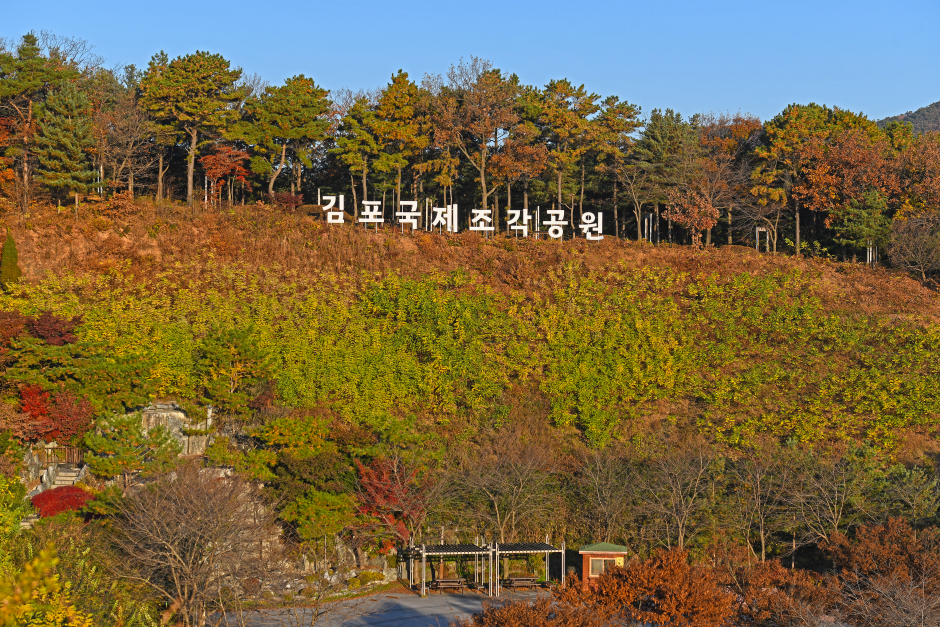

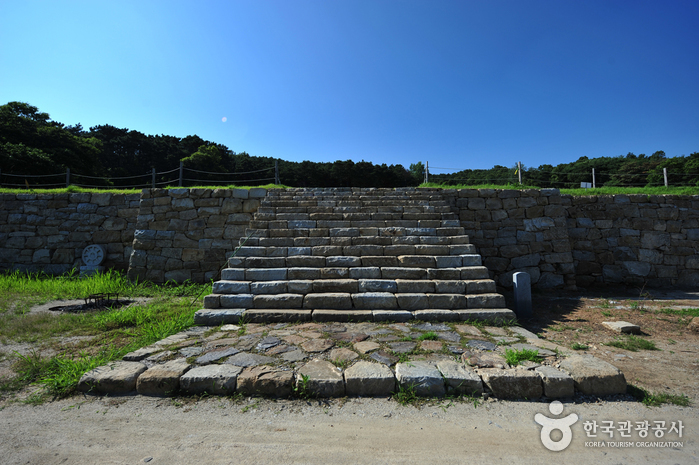
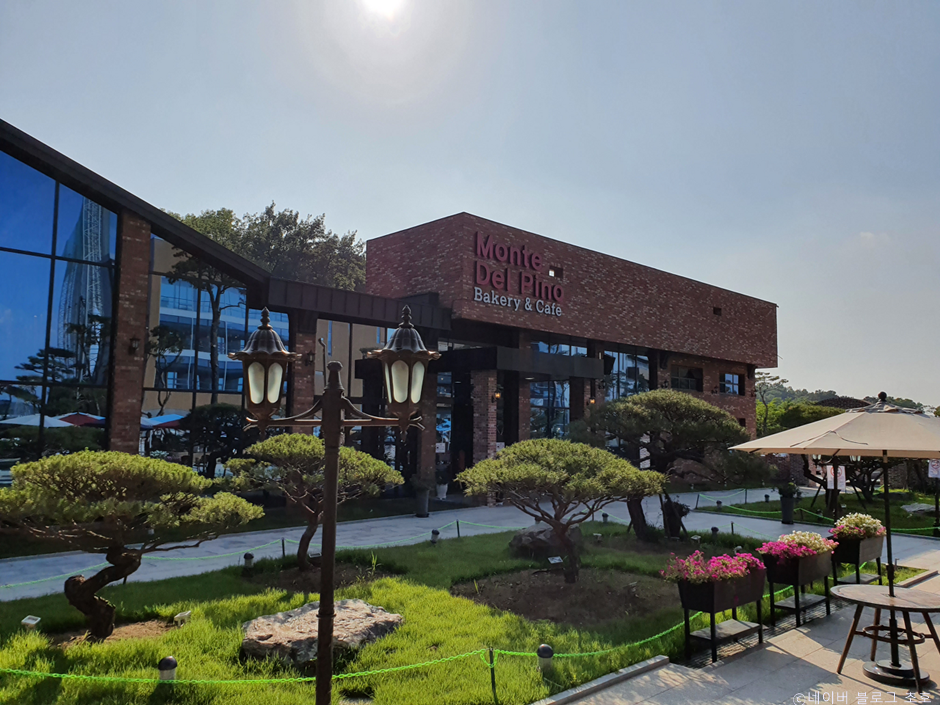
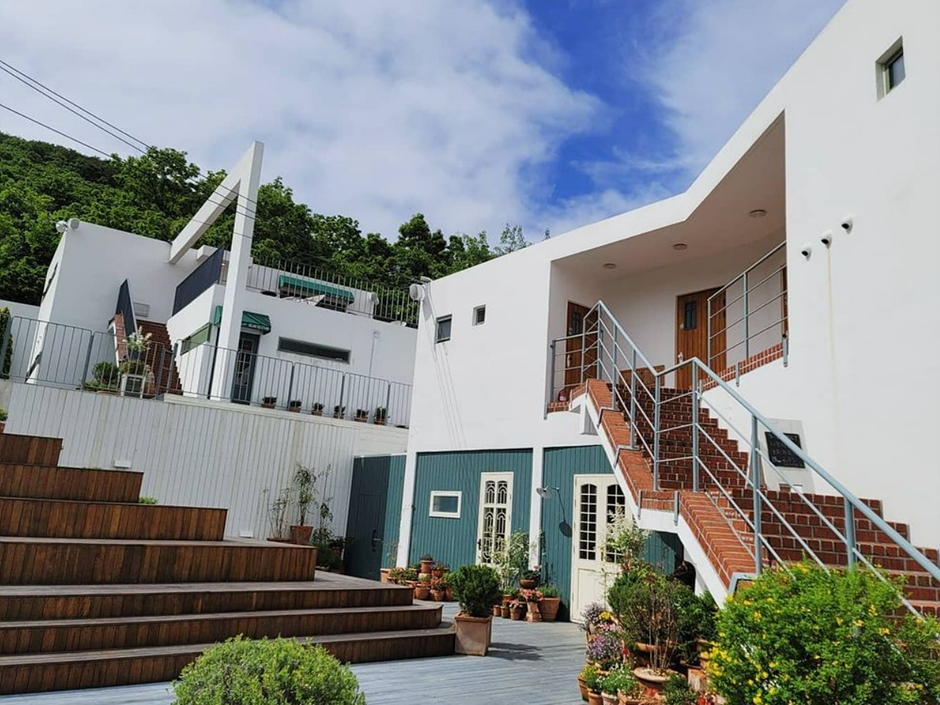
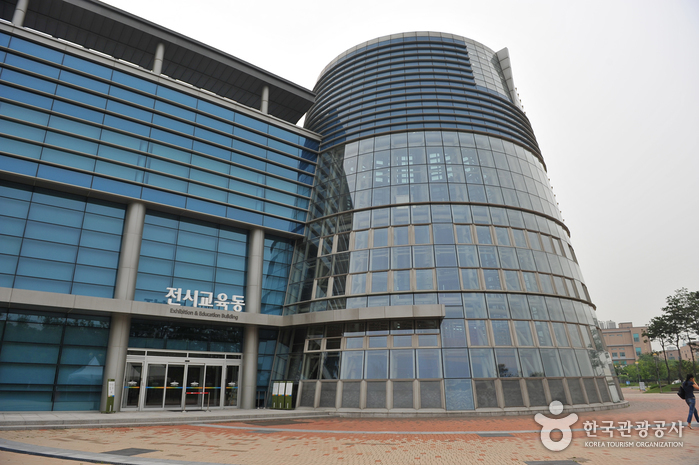
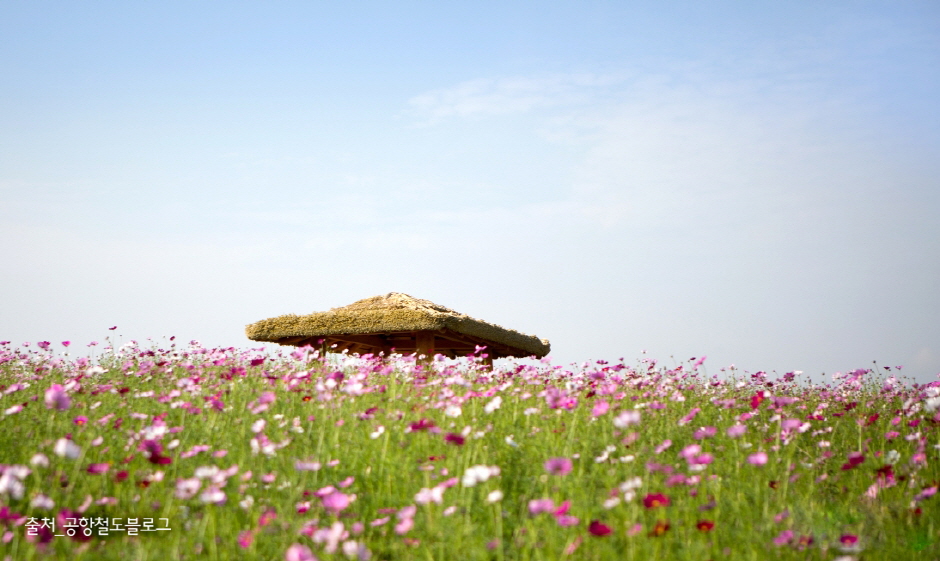
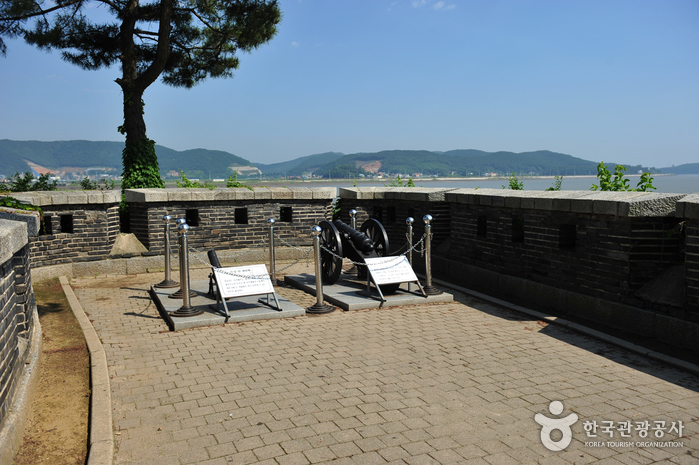
 English
English
 한국어
한국어 日本語
日本語 中文(简体)
中文(简体) Deutsch
Deutsch Français
Français Español
Español Русский
Русский